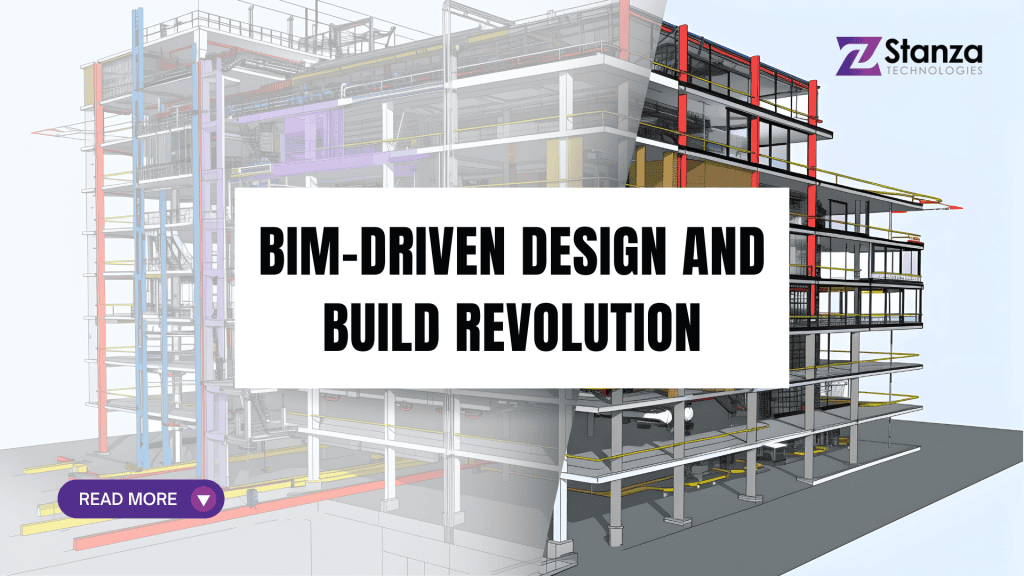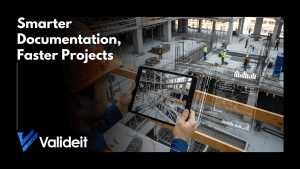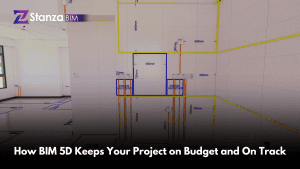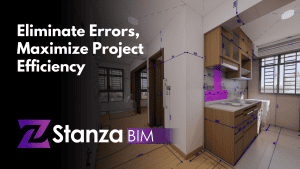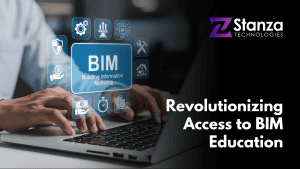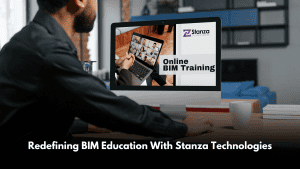The construction industry, with its intricate and often fragmented processes, has traditionally operated under the design-bid-build (DBB) method, where design and construction were handled by separate teams. However, the design and build (DB) approach, with its increasing traction, offers a more efficient and streamlined communication. This method, overseen by a single entity for both design and construction phases, fosters collaboration, reduces project timelines, and enhances overall quality. This shift to the DB approach is a promising evolution that is set to revolutionize the landscape of design and building, with Building Information Modeling (BIM) at its core.
Design and build is a project delivery system that assigns a single point of responsibility to the design-build contractor. This contractor, who manages a project’s design and construction aspects, plays a crucial role in the integrated approach of the DB method. This contrasts sharply with the DBB method, where the owner contracts separately with a designer and a builder. The DB method offers several advantages, such as a single point of accountability, enhanced collaboration, time efficiency, and cost control. By having the design and construction teams work together from the outset, the process becomes more cohesive, innovative solutions are fostered, and projects are completed more efficiently.
Building Information Modeling (BIM) creates a comprehensive digital model that captures a facility’s physical attributes and functional aspects. It is a shared knowledge resource, providing all stakeholders with essential information to make informed decisions throughout the project lifecycle. BIM’s integration into the DB method offers transformative benefits that significantly enhance the design-and-build process.
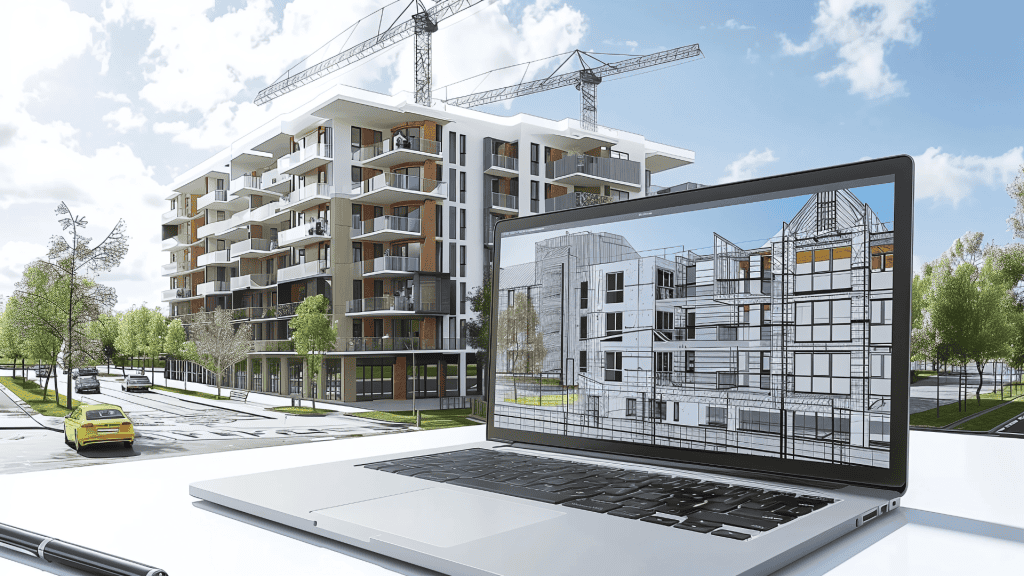
BIM, as a transformative tool, fosters a collaborative environment by enabling all project stakeholders to work from a centralized digital model. This not only enhances communication between the design and construction teams but also ensures that everyone is aligned and informed. Issues that might arise due to miscommunication or misinterpretation are significantly reduced, leading to a smoother project execution. The ability to perform virtual simulations and analyses in BIM allows for early detection and resolution of potential issues, further ensuring a seamless project. This proactive approach aligns perfectly with the DB method’s overlapping phases, leading to fewer delays and interruptions during construction.
The accuracy provided by BIM is crucial in the DB method, where cost control is a significant advantage. Detailed quantities and materials data from BIM enable precise cost estimation and budgeting. The design-build contractor can use BIM to explore different design options and construction methods, optimizing for cost and quality. BIM’s detailed 3D models ensure the design intent is accurately translated into the final construction. This not only reduces the likelihood of errors and rework but also instills confidence in the higher-quality outcomes. The ability to visualize the project in detail before construction begins ensures that any potential quality issues are addressed early in the process.
BIM’s comprehensive project visualization capabilities allow for better risk identification and mitigation. Combined with the DB method’s single point of responsibility, this leads to more effective risk management and a reduction in the potential for costly disputes and delays. Post-construction, the BIM model serves as an invaluable tool for facility management. It provides detailed records of the building’s systems and components, supporting maintenance and future renovations. This long-term benefit aligns with the DB method’s goal of delivering a complete and maintainable project, and it also demonstrates the potential return on investment of adopting BIM.
Integrating BIM into the design and build method is changing the construction industry landscape. BIM is a transformative tool that optimizes the DB approach by enhancing collaboration, improving efficiency, ensuring quality, and enabling better cost and risk management.
To learn more, tune in to the Built to Code Podcast, where our founder, Mr. Rob Sanchez, was invited to discuss the importance of technological innovations in construction. Click the link below:
